
OsteoStrong® is a globally recognised natural
program based firmly on the scientific
foundations of Wolff’s Law and the principles
of osteogenic loading.

OsteoStrong® is designed to enhance bone density and overall strength, improve balance, and reduce blood glucose A1C levels, drawing on insights and validations from hundreds of peer-reviewed studies that underpin its science, cementing its position as a reliable and evidence-based initiative.
For those seeking to delve deeper into the scientific underpinnings of OsteoStrong®, the Science Background Summary provides a succinct overview of the foundational principles and science the program embodies. The Case Studies section offers a closer look at individual scenarios and outcomes, shedding light on the tangible impact OsteoStrong® has had on participants’ lives and health. Additionally, the individual peer-reviewed studies furnish detailed insights into the meticulous research and analysis conducted by experts in the field, reinforcing the program’s credibility and significance in the realm of bone health.
Current Studies
Ongoing studies in medical research hubs like Australia, Sweden, and Greece further consolidate OsteoStrong’s® position as a leader in bone health. These investigations are meticulously designed to explore, validate, and deepen our understanding of OsteoStrong’s® effectiveness and potential. Through these concerted international research efforts and the continuous collection and analysis of participant data, OsteoStrong® steadfastly advances its commitment to promoting bone strength and health.
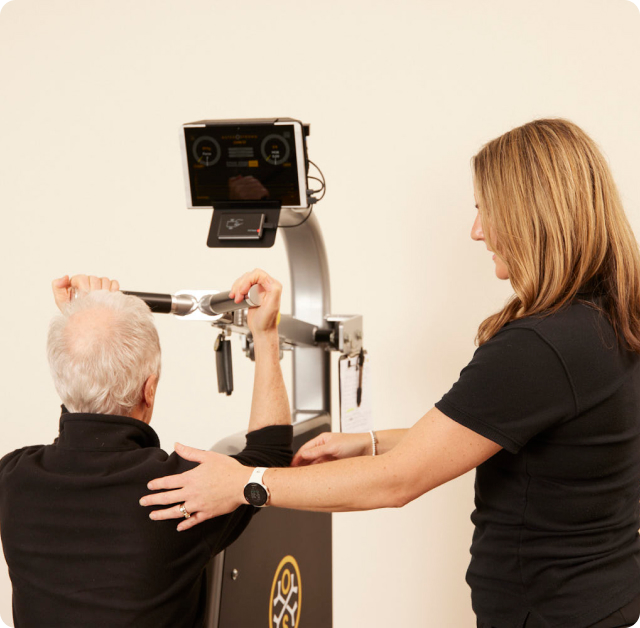
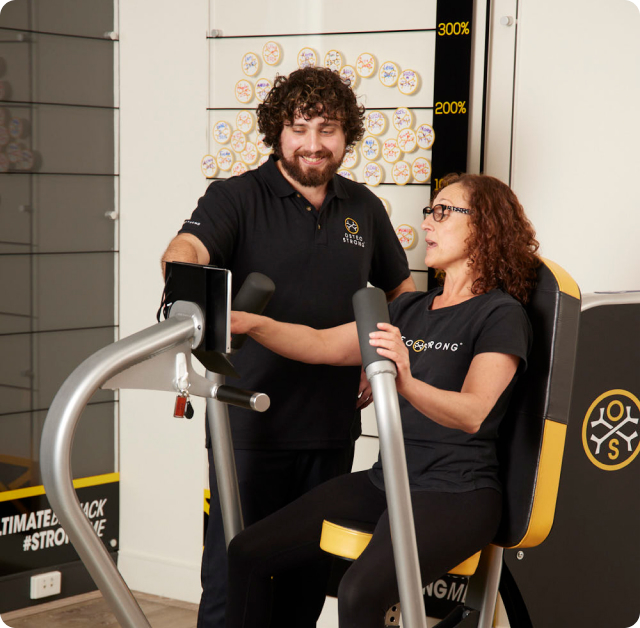
Empirical Evidence over 10 million Sessions
Empirical evidence from the global OsteoStrong® community in 12 countries validates the program’s credibility, showcasing positive health results for 250,000 individuals from over 10 million sessions with more than 350,000 sessions in Australia. This substantial data highlights the immediate and long-term benefits on musculoskeletal health and well-being.
It isn’t merely anecdotal, because it also demonstrates our impressive safety record, compared to other exercise programs. It provides convincing support for OsteoStrong®’s efficacy to a broad audience, including people from 15 to 95 years old and healthcare professionals seeking effective, scientifically-backed interventions for improved bone health.
For Doctors and Health Professionals
In providing this wealth of information, OsteoStrong® aims to equip individuals, doctors, and health professionals with the necessary tools and knowledge to understand, evaluate, and, ultimately, trust in the science that forms the backbone of the OsteoStrong® program.
Whether you are a healthcare provider, a patient, or someone interested in proactive health management, this extensive compilation of scientific data is intended to guide and inform your approach to bone health, providing a clear pathway to the strength and vitality that OsteoStrong® promises to deliver.
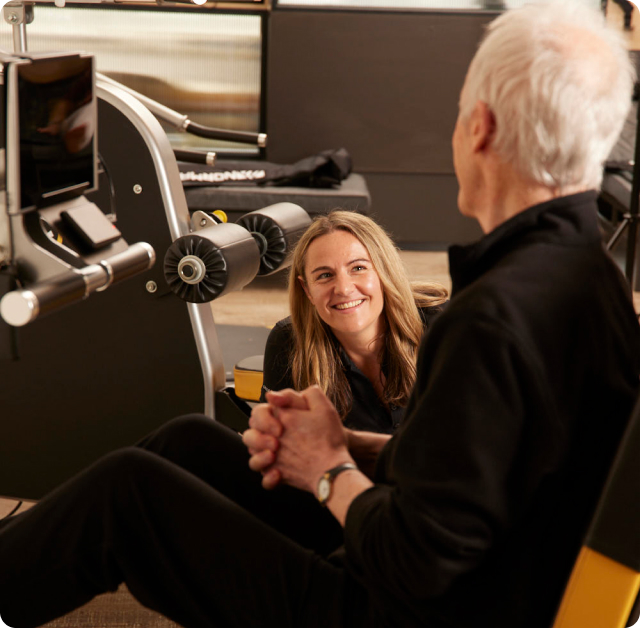
Science Review
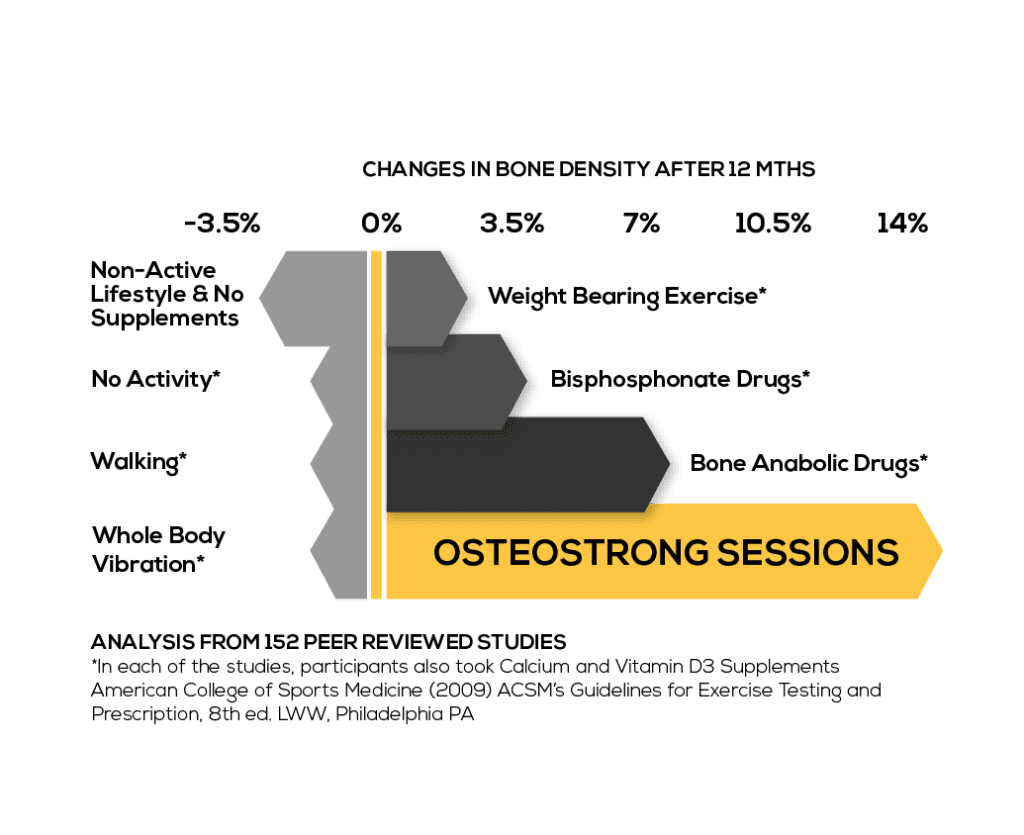
Bone Density Analysis
After reaching peak bone density at about age 30, most people lose between 1% and 2% of their bone density annually, depending on many lifestyle, medical, and nutritional factors.
Other factors such as menopause, thyroid conditions, and long-term use of some medications can result in up to 10% bone loss annually for some people.
For many people, OsteoStrong has been scientifically demonstrated to reverse bone loss better than conventional exercise, and pharmaceuticals
Strength Gain Analysis
Osteostrong technology has been proven to improve muscle strength and the significant health benefits are similar to heavy weightlifting. It promotes development of fast twitch muscle which is critical for reflexes, necessary for balance, and reducing fall and fracture risk.
For athletes, super bone density overcomes neural inhibition plateaus, allowing more muscle growth for high performance explosive action on the track and field.
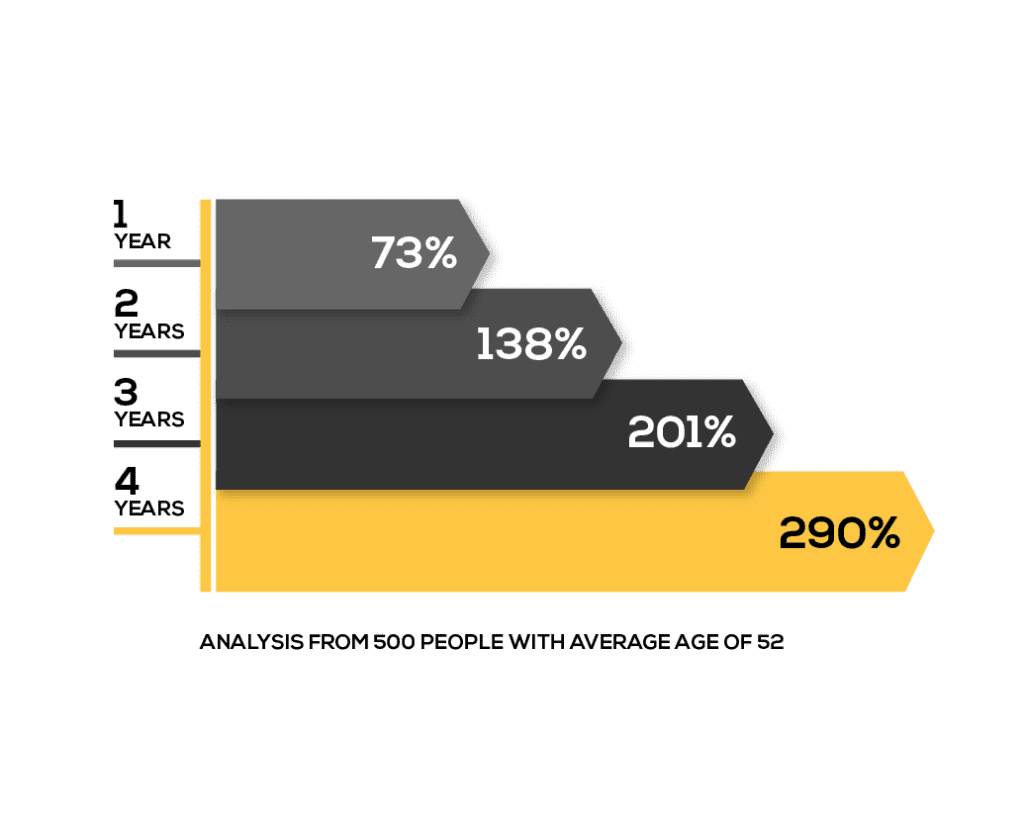
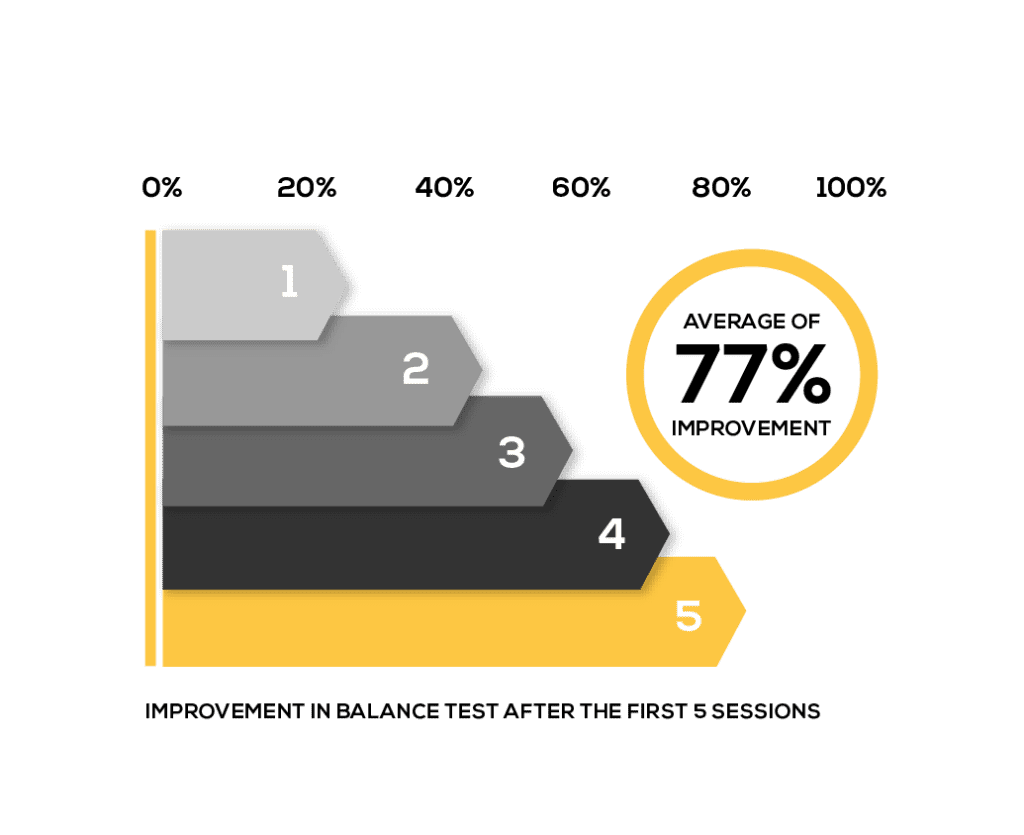
Balance Case Study Results
In 2002 every day 364 Australians were admitted to hospital as a result of a fall. This highlights the importance of developing and maintaining good balance which prevents falls, improves muscle strength and flexibility, sharpens cognitive function, aids in chronic disease management, enhances quality of life, and promotes mobility.
This Case Study demonstrates how quickly balance can be improved at OsteoStrong, providing significant benefits for both lifespan and healthspan.
Type 2 Diabetes Research
Various reliable and safe treatment strategies exist for managing Diabetes Type 2 and metabolic dysfunction. Fortunately these methods can be employed singularly or in combination to improve effectiveness.
Remarkably, as a standalone therapy , as demonstrated by the 2015 UK Study, OsteoStrong demonstrated superior ability to reduce HbA1c levels, a crucial long-term blood glucose measure, outperforming other standard care approaches.
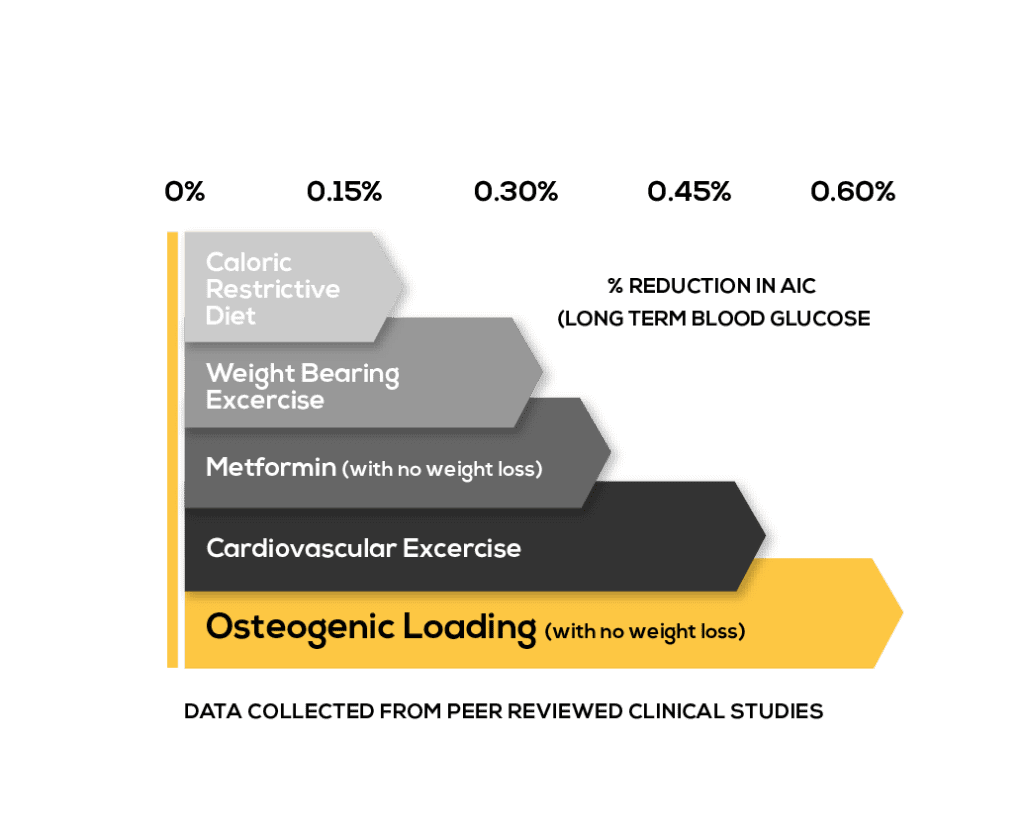
Science Review
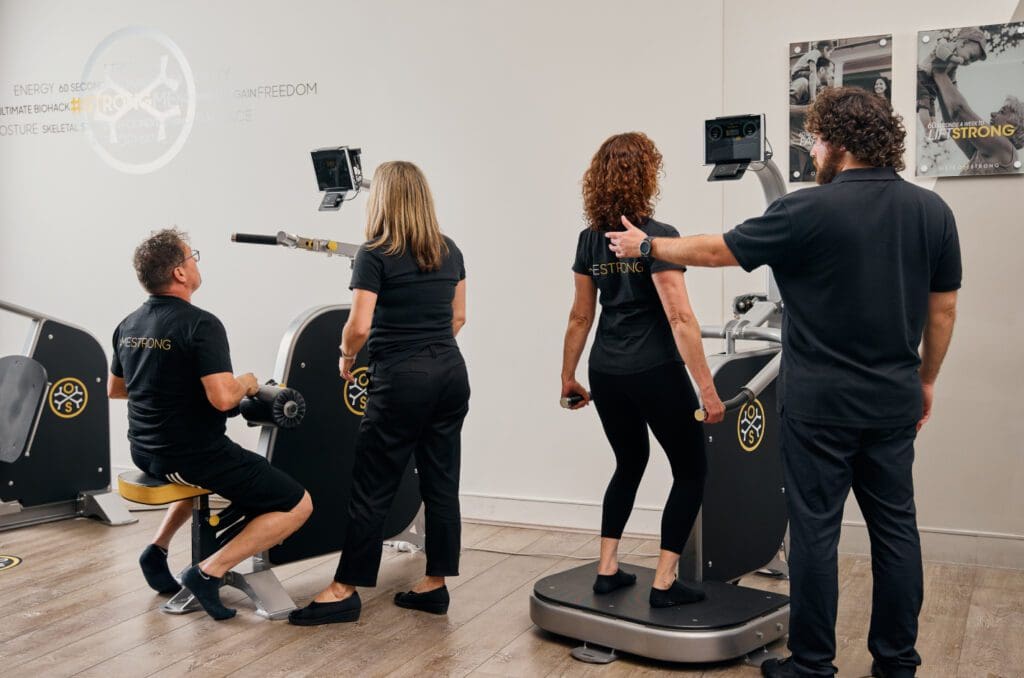
Background & Research
Osteostrong Australia & New Zealand
This Summary serves as a gateway for individuals, doctors, and allied health professionals to navigate the intricate scientific landscape that OsteoStrong® is built upon. Within its framework, the Summary simplifies the complex scientific principles into accessible and understandable language, illuminating the core mechanics and rationale behind the program. It presents a streamlined review of the foundational science, offering readers a clear and concise understanding of how and why the program is effective in enhancing bone health and strength.
2023 Greek Study
OsteoStrong® Improves Bone Mineral Density – Abstract presented at the global Endocrine Society Annual Conference held in Chicago June 2023 – ENDO23.
“The Study showed a significant improvement of BMD (bone mineral density) in the lumbar spine in people with osteoporosis treated with OsteoStrong® with or without anti-osteoporotic medication. The OsteoStrong® system may have a synergistic effect with anti-osteoporotic medication significantly reducing bone fracture risk.” Dr Nektaris Papadopoulou, Endocronologist, EMD, PhD, Researcher
“Bone is a live tissue, it’s not a stone, it has cells that respond to both pulling and pushing and OsteoStrong® is a method that uses a certain amount of pressure, usually 4.2 times the body weight, on the bones of the spine and the hip. Osteogenic loading effectively contributes to the enhancement of bone health. The statistically signifcant results provide evidence of the positive impact of OsteoStrong® in addresssing osteoporosis and potentially reducing the risk of fractures.”
Dr George Chrousos, Endocronologist, MD, FAAP, MACP, MACE, MD (Hon)

